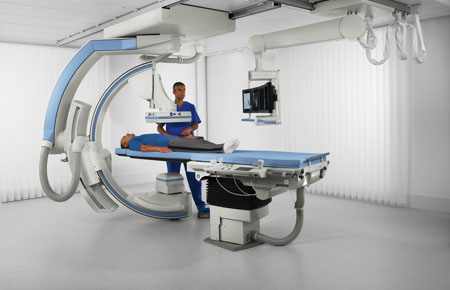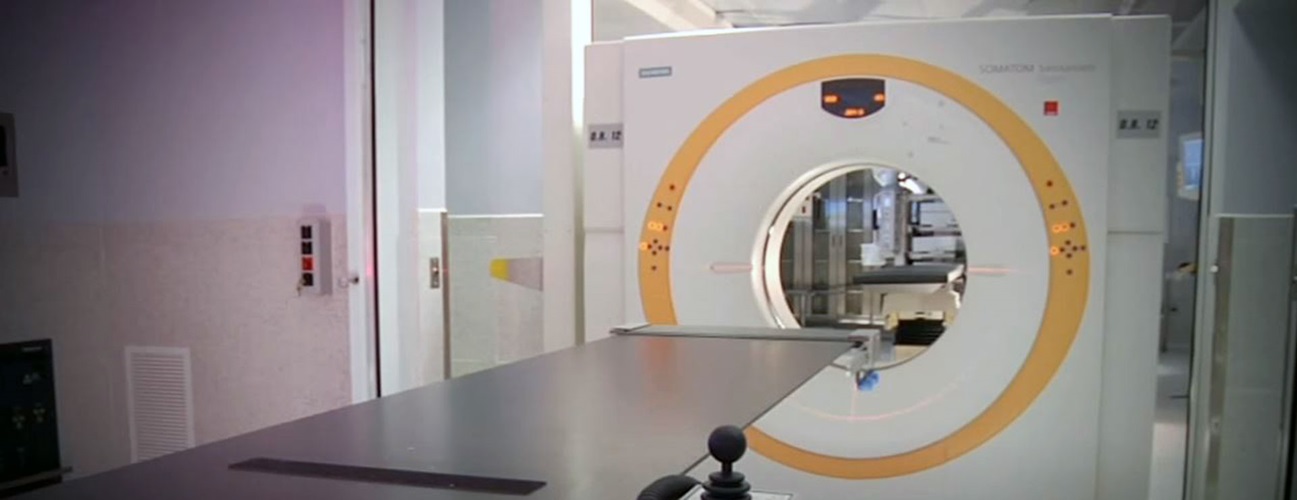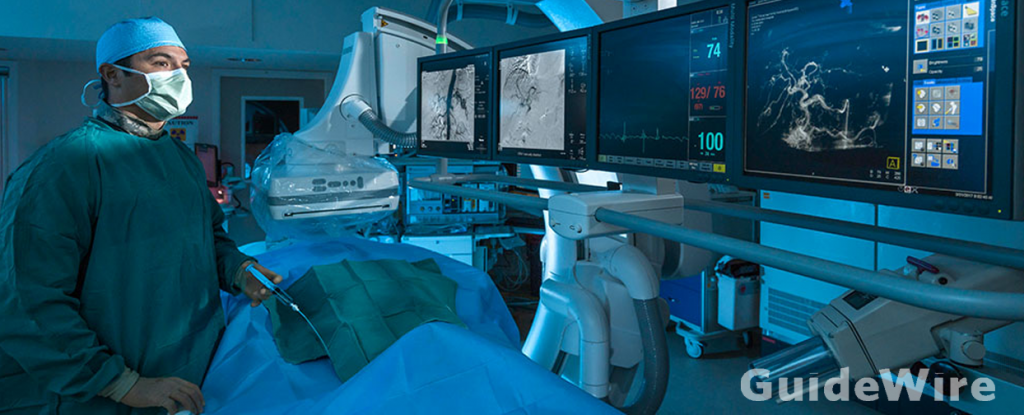Introduction to Radiology
Introduction to Radiology
What Is a Radiologist?

Radiologists are medical doctors who specialize in diagnosing and treating injuries and diseases using medical imaging procedures. These procedures include X-rays, computed tomography (CT), magnetic resonance imaging (MRI), nuclear medicine, positron emission tomography (PET), and ultrasound. Radiologists complete a 5-year residency program followed by a 1-year fellowship to gain expertise in these imaging techniques.
Types of Radiology

- Diagnostic Radiology: Primarily focuses on interpreting medical images to diagnose diseases.
- Interventional Radiology: Involves the use of imaging techniques to guide minimally invasive surgical procedures.
Medical Imaging Modalities
X-ray (Radiography)

X-ray uses ionizing radiation to produce images of internal structures. It is fast, portable, and relatively inexpensive. However, it has low contrast resolution and is limited for soft tissue pathology.
X-ray Densities

From darkest to brightest: - Air - Fat - Water - Bone - Metal
Fluoroscopy

Fluoroscopy provides live X-ray images, commonly used in procedures such as upper gastrointestinal (GI) studies, swallow studies, and interventional radiology.
Computed Tomography (CT)

CT imaging uses rotating X-ray tubes and detectors to create cross-sectional images of the body. It offers high spatial and contrast resolution and provides a wealth of diagnostic information.
Advantages and Disadvantages of CT

Advantages: - Fast - High spatial resolution - High contrast resolution - Lots of diagnostic information
Disadvantages: - Moderate cost - Need for contrast media - Moderate radiation exposure - Not portable
Magnetic Resonance Imaging (MRI)

MRI uses strong magnetic fields and radio waves to generate detailed images of internal organs and tissues. It provides excellent contrast resolution and is particularly useful for soft tissue evaluation.
Advantages and Disadvantages of MRI

Advantages: - Very high contrast resolution - High spatial resolution - No radiation
Disadvantages: - Expensive - Time-consuming - Hazardous for patients with metal implants - Susceptible to motion artifacts
Ultrasound

Ultrasound uses high-frequency sound waves to produce images of internal organs and tissues. It is portable, non-invasive, and relatively inexpensive.
Advantages and Disadvantages of Ultrasound

Advantages: - Good spatial and contrast resolution - Real-time visualization - No radiation
Disadvantages: - Operator dependent - Poor penetration in large patients, bone, and air
Nuclear Medicine

Nuclear medicine involves the use of radio-labeled pharmaceuticals to provide functional and quantitative information about the body. It is highly specific for the radiotracer used and can be therapeutic.
Advantages and Disadvantages of Nuclear Medicine

Advantages: - Functional information - Whole-body imaging with one dose - High specificity
Disadvantages: - Poor spatial resolution - Time-consuming - Special safety precautions required
Interventional Radiology

Interventional radiology is a subspecialty of radiology that performs image-guided, minimally invasive procedures. Common procedures include vascular access, thrombolysis, biopsies, targeted chemotherapy treatments, and embolizations.